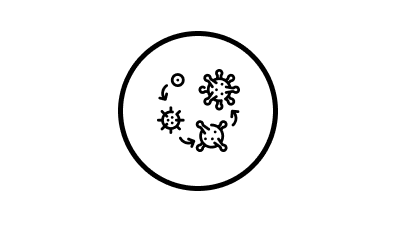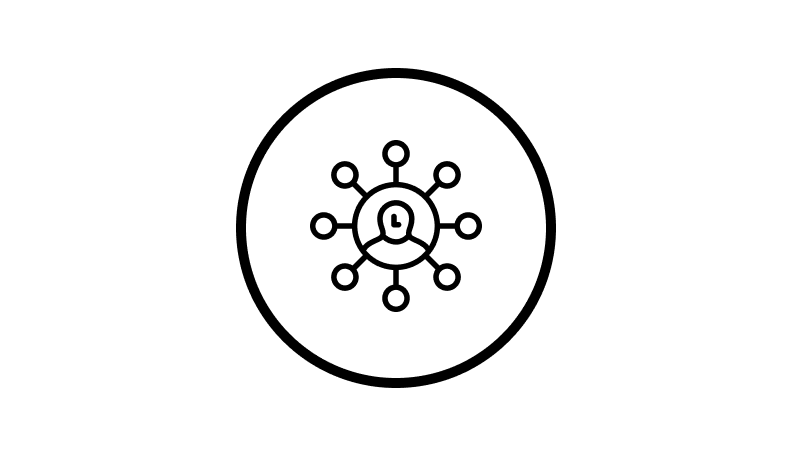Design Process Concepts
This document serves less as a framework for an actual design process, and more as a way to think about and evaluate your process as you look to evolve it over time.
1. Commit to the idea that your personal design process is constantly evolving.
A while ago there wasn’t an internet. Then we used photoshop and slices, sketched on whiteboards and paper. Sketch and Invision paired up to make a powerful tool set. Now I use Figma almost exclusively. We constantly are exposed to new ways of thinking and new tools to achieve progress.
2. Build towards self-awareness and empathy.
The importance of feedback and that different points of view matter. People need to be comfortable in feeling like they can speak up and that their voices can be heard.
3. Create a human-centered design process to focus on tangible needs.
Jobs to be done. 95% of start-ups fail because they build things nobody wants. How do we do this? Talk and connect with customers (Blatantly ask them what they need, think, expect, and feel). Use data to interpret behavior. Test, test, test. Experience is crucial, but we always must look to validate our decisions. Need to balance instinct with customer-centricity. Shift our emphasis to problem solving from solution vetting. Don’t hold up the train. We need to empower our workforce. Clearly state problems and trust that the solutions will come from our highly qualified workforce.
4. Embrace a relentless approach of asking the question “How do we make it better?”
(for ourselves, our coworkers, and ourselves).
5. Put your ideas into immediate action
Put your ideas into action as soon as they arise either through sketching, discussing, or prototyping. Not every project. Get into the habit of collecting data and being informed. Proof of concept. How airbnb had an idea and grew it into an industry. Good example.
6. Do not fear failure
If we are not prepared to fail we will never do anything original nor great. Put your ideas to use and see if they work.
Summary
Design Thinking reduces ambiguity and subjective feedback loops (do you need to explain this) by involving the customer in real-world expirements. Design Thinking is how we go about identifying problems and then finding creative solutions for them through established human-centered process.
Show the process here when you talk about the process.
Persistence is most important when you are trying something new.



